Artificial muscles can lift 1000 times their own weight.
Get the latest international news and world events from around the world.
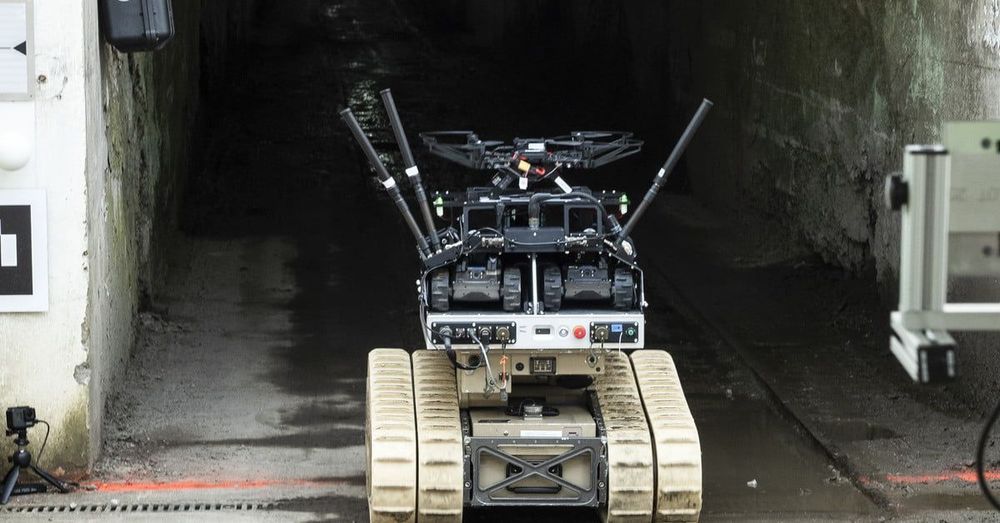
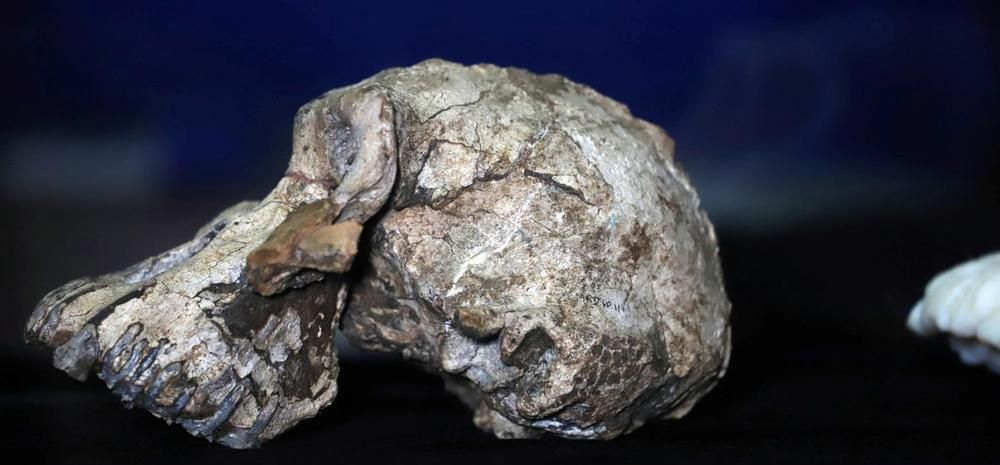
The skull of humanity’s oldest known ancestor is changing our understanding of evolution
The recent discovery of a 3.8m-year-old cranium (skull without the lower jaw) is the hottest topic of conversation among palaeoanthropologists right now. But fossils are found all the time, so why is the cranium of this small, old man so important? It turns out the discovery is changing our view of how early hominin species evolved – and how they led to humans. To understand how, let’s start at the beginning.
In 1995, researchers found several partial jaws, isolated teeth and limb bones in Kenya, dated between 4.2m and 3.9m years old, and assigned them to a brand new species: Australopithecus anamensis. All these fossils were found in sediments associated with an ancient lake – “anam”, which means lake in the local language. A number of additional specimens were then found in Ethiopia, thought to belong to the same species.
The primitive features of A. anamensis have led to the widespread view that this species is the ancestor of Australopithecus afarensis, a younger hominin from Tanzania, Ethiopia and perhaps Kenya, dated between 3.8m and 3m years old. The most iconic fossil of A. afarensis is probably the partial skeleton known as Lucy, which was for a long time viewed as the oldest known human ancestor.

Caltech Faculty Honored with Breakthrough and New Horizons Prizes
Caltech’s Katherine L. (Katie) Bouman has been named a recipient of the 2020 Breakthrough Prize for Fundamental Physics as part of the Event Horizon Telescope (EHT) team that generated the first-ever image of a black hole, while Xie Chen and Xinwen Zhu have each received 2020 New Horizons prizes from the same foundation for their work in physics and mathematics, respectively.
The Breakthrough Prize, now in its eighth year, is considered the world’s most generous science prize. Each Breakthrough Prize is $3 million and the 347 authors of the six EHT papers will divide the award.
“I was stunned and absolutely thrilled to hear the news,” says Bouman, assistant professor of computing and mathematical sciences and Rosenberg Scholar in Caltech’s Division of Engineering and Applied Science. “I’m so lucky to work with an amazingly talented group of individuals that continues to push the boundaries of science every day. It is such a privilege and an honor to share this award with each one of them.”

NASA Television to Air Launch, Capture of Cargo Ship to Space Station
A Japanese cargo spacecraft loaded with more than four tons of supplies, spare parts and experiment hardware is scheduled to launch from the Tanegashima Space Center in southern Japan to the International Space Station at 5:33 p.m. EDT Tuesday, Sept. 10 (6:33 a.m. Sept. 11 in Japan). Live coverage of the launch and capture will air on NASA Television and the agency’s website.
The Japan Aerospace Exploration Agency (JAXA) unpiloted H-II Transport Vehicle-8 (HTV-8) will launch on a Japanese H-IIB rocket on the tenth anniversary of the first HTV cargo spacecraft launch. Live coverage will begin at 5 p.m.
The spacecraft will arrive at the station Saturday, Sept. 14. Live coverage of the spacecraft rendezvous and capture will begin at 5:30 a.m. Expedition 60 Flight Engineer Christina Koch of NASA, backed up by her NASA crewmate Andrew Morgan, will operate the station’s Canadarm2 robotic arm from the station’s cupola to capture the 12-ton spacecraft as it approaches from below. Robotics flight controllers will then take over the operation of the arm to install HTV-8 to the Earth-facing port of the Harmony module where it will spend a month attached. Flight Engineer Luca Parmitano of ESA (European Space Agency) will monitor HTV-8 systems during its approach to the station.

Warning Issued After Malware Is Found To Have Hijacked Bitcoin Blockchain
Bitcoin’s blockchain has been hijacked by a new strain of the Glupteba malware that uses the network to resist attacks, cyber security researchers have warned.
The malware uses the bitcoin blockchain to update, meaning it can continue running even if a device’s antivirus software blocks its connection to servers run by the hackers, security intelligence blog Trend Micro reported this week.
The Glupteba malware, first discovered in December 2018, is distributed through advertising designed to spread viruses through script and can steal an infected devices’ browsing history, website cookies, and account names and passwords with this particular variant found to be targeting file-sharing websites.

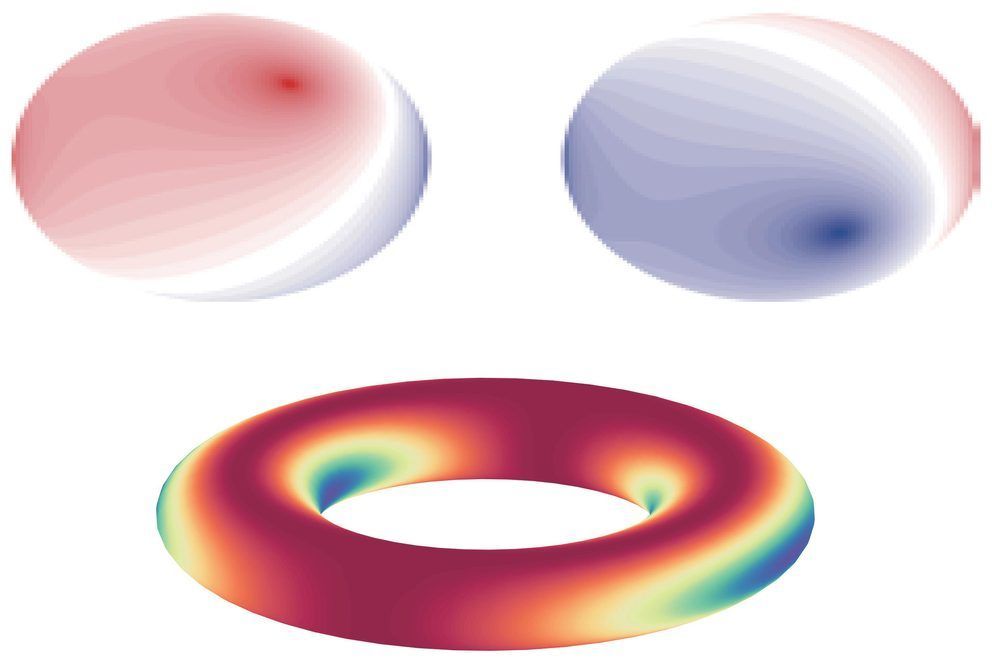
Exotic Physics Phenomenon Involving Time Reversal Observed for First Time
An exotic physical phenomenon, involving optical waves, synthetic magnetic fields, and time reversal, has been directly observed for the first time, following decades of attempts. The new finding could lead to realizations of what are known as topological phases, and eventually to advances toward fault-tolerant quantum computers, the researchers say.
The new finding involves the non-Abelian Aharonov-Bohm Effect and is published in the journal Science by MIT graduate student Yi Yang, MIT visiting scholar Chao Peng (a professor at Peking University), MIT graduate student Di Zhu, Professor Hrvoje Buljan at University of Zagreb in Croatia, Francis Wright Davis Professor of Physics John Joannopoulos at MIT, Professor Bo Zhen at the University of Pennsylvania, and MIT professor of physics Marin Soljačić.
The finding relates to gauge fields, which describe transformations that particles undergo. Gauge fields fall into two classes, known as Abelian and non-Abelian. The Aharonov-Bohm Effect, named after the theorists who predicted it in 1959, confirmed that gauge fields — beyond being a pure mathematical aid — have physical consequences.
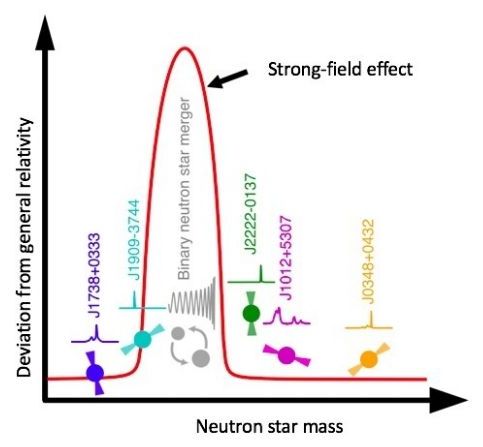
Probing General Relativity with Neutron Stars
Another of those ‘new eras’ I talked about in yesterday’s post is involved in the latest news on gravitational waves. Let’s not forget that it was 50 years ago — on November 28, 1967 — that Jocelyn Bell Burnell and Antony Hewish observed the first pulsar, now known to be a neutron star. It made the news at the time because the pulses, separated by 1.33 seconds, raised a SETI possibility, leading to the playful designation LGM-1 (‘little green men’) for the discovery.
We’ve learned a lot about pulsars emitting beams at various wavelengths since then and the SETI connection is gone, but before I leave the past, it’s also worth recognizing that our old friend Fritz Zwicky, working with Walter Baade, first proposed the existence of neutron stars in 1934. The scientists believed that a dense star made of neutrons could result from a supernova explosion, and here we might think of the Crab pulsar at the center of the Crab Nebula, an object whose description fits the pioneering work of Zwicky and Baade, and also tracks the work of Franco Pacini, who posited that a rotating neutron star in a magnetic field would emit radiation. Likewise a pioneer, Pacini suggested this before pulsars had been discovered.
Writing about all this takes me back to reading Larry Niven’s story ‘Neutron Star,’ available in the collection by the same name, when it first ran in a 1966 issue of IF. Those were interesting days for IF, but I better cut that further digression off at the source — more about the magazine in a future post. ‘Neutron Star’ is the story where Beowulf Shaeffer, a familiar character in Larry’s Known Space stories, first appears. If you want to see a neutron star up close and learn what its tidal forces can do, you can’t beat Niven’s tale.
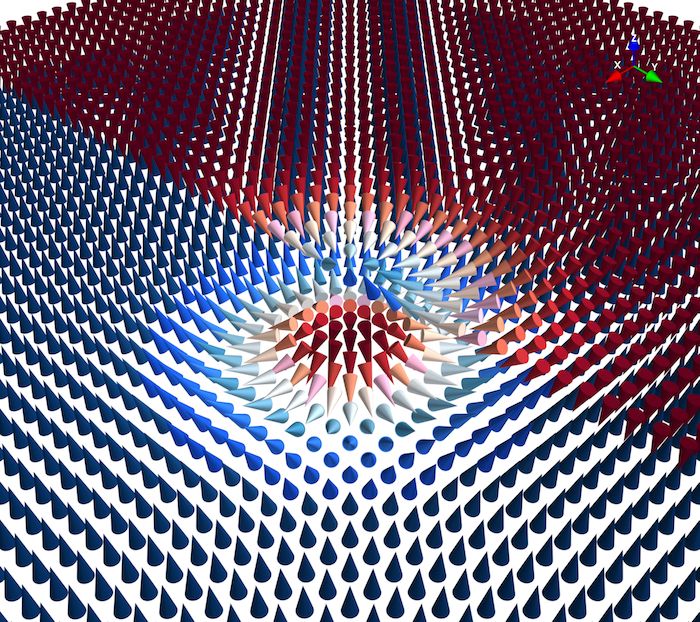
Synthetic antiferromagnets host room-temperature skyrmions
Researchers have succeeded in stabilizing antiferromagnetic skyrmions in an ordinary material system at room temperature for the first time. The new result will be important for future real-world applications that make use of these tiny magnetic particle objects.
Magnetic skyrmions are quasiparticle magnetic spin configurations with a swirling vortex-like structure. They can be thought of as 2D knots (or “spin textures”) in which the magnetic moments rotate about 360° within a plane. They were first discovered about ten years ago in non-centrosymmetric manganese-silicon and cobalt-iron-silicon crystals, but they are now known to occur in a wide range of materials, including ultra-thin magnetic multilayers, which are much more compatible with potential future applications.
Magnetic skyrmions could be used as storage bits in next-generation memories that have a much higher density than today’s disk drives thanks to their small size and the fact that they can be efficiently controlled with spin currents. They are also robust to external perturbations.